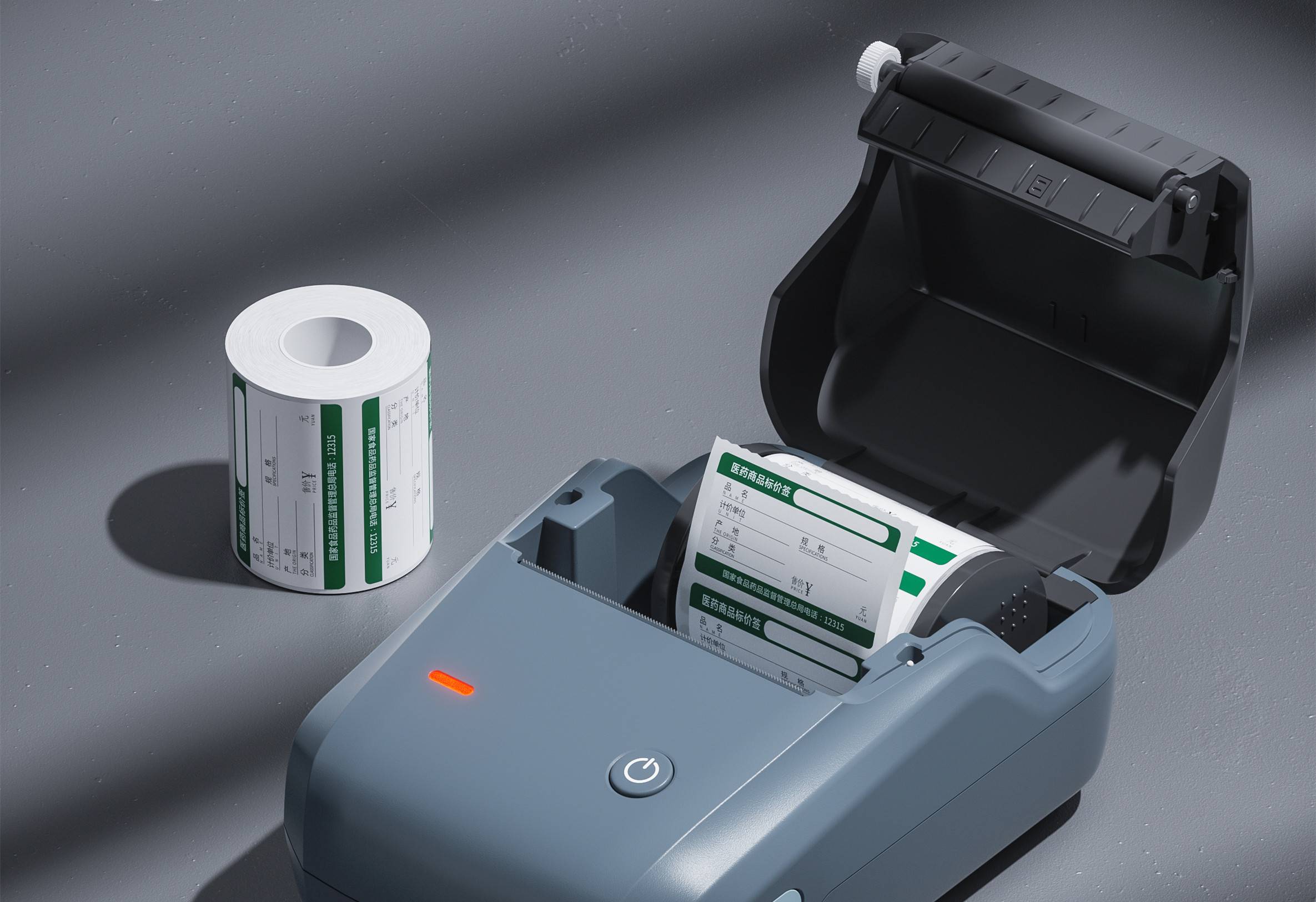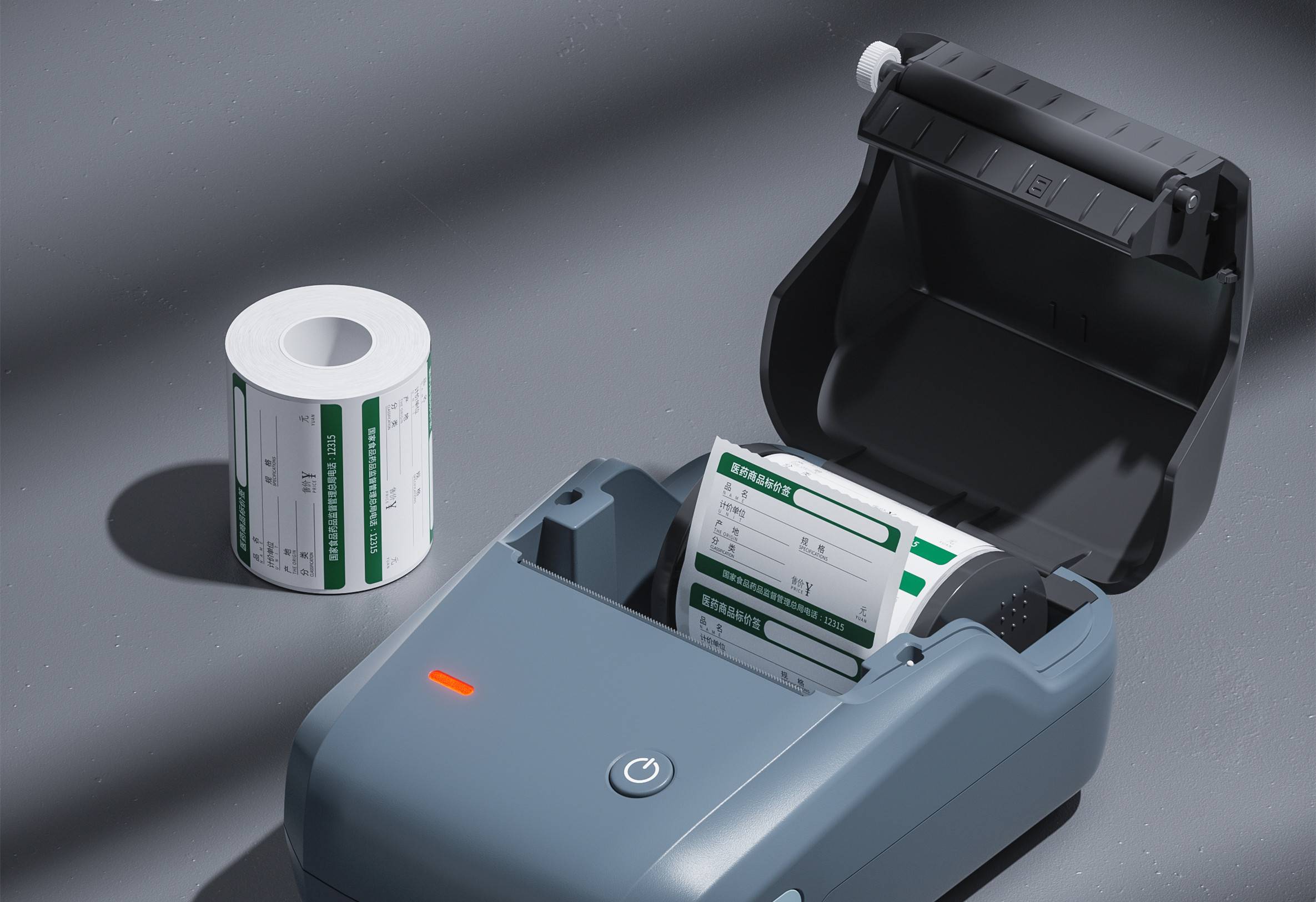
basic introduction
The Consumer Goods Safety Association (CPSC) of the United States passed the Consumer Product Safety Act (CPSIA) in 2008, placing many important regulatory responsibilities on manufacturers, distributors, retailers and exporters of consumer products, especially toys and children’s products. Toys and children's products entering the United States must meet CPSIA product safety requirements and be tested by a CPSC accredited testing laboratory to issue a children's product certificate (CPC) or general product certificate (GPC) to prove their compliance with relevant federal regulations and mandatory safety Standards and, where feasible, attach permanent tracking information to the product and its packaging.
ZRLK is an independent third-party testing and certification laboratory that has been recognized by CPSC. Our testing capabilities not only cover CPSIA requirements, but also extend to other regulatory testing requirements such as ASTM F963 for toys and children's products.
CPSIA testing
Lead in substrate (Chapter 101(a))
Lead in paint or surface coatings (Chapter 101(f))
8 phthalates (DEHP, DBP, BBP, DINP, DIBP, DPENP, DHEXP (DnHP), DCHP) (16 CFR 1307)
ASTM F963 test
Physical and mechanical testing
Fire test
Soluble heavy metal content
Total lead content
Soluble cadmium in small metal parts
Food contact material testing (FDA/21 CFR 170-189)
Hazardous Art Material Label (LHAMA-ASTM D4236)
Safety test of battery operated toys
Fill material cleanliness
Sound level test
Magnetic toy test
Toy cosmetics, liquids, pastes, putties, gels and powders

Label printers entering the Brazilian market, ANATEL certification is an essential passport! It is the recognition of the Brazilian Telecommunications Authority for the safety and compliance of electronic products, without which products cannot be legally sold.

SRRC certification is not only a guarantee of product compliance, but also a key to opening up the market.

FCC ID certification is a mandatory certification for electronic products by the Federal Communications Commission (FCC) in the United States, and it is essential for label printers to obtain this certification.
The Consumer Goods Safety Association (CPSC) of the United States passed the Consumer Product Safety Act (CPSIA) in 2008, placing many important regulatory responsibilities on manufacturers, distributors, retailers and exporters of consumer products, especially toys and children’s products. Toys and children\'s products entering the United States must meet CPSIA product safety requirements and be tested by a CPSC accredited testing laboratory to issue a children\'s product certificate (CPC) or general product certificate (GPC) to prove their compliance with relevant federal regulations and mandatory safety Standards and, where feasible, attach permanent tracking information to the product and its packaging.
Get a quote